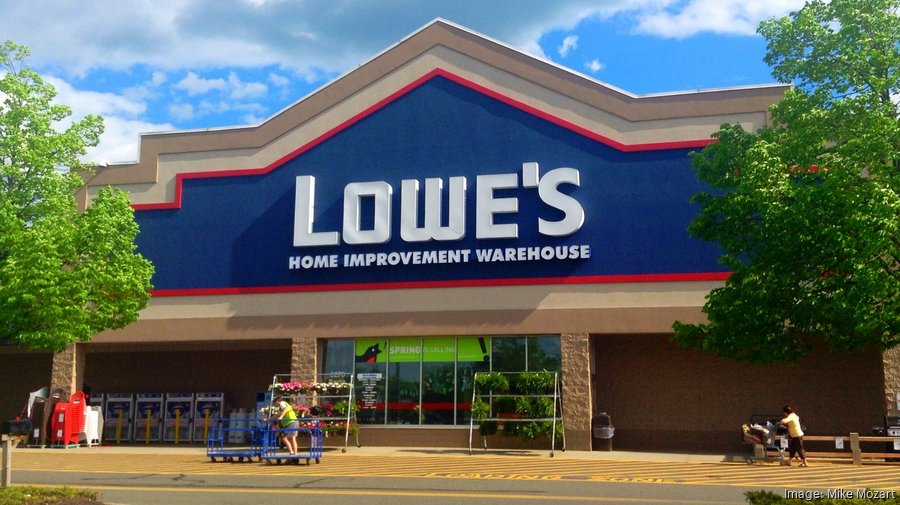Lowe’s Cos. Inc. CEO Marvin Ellison says 2020 isn’t an anomaly.
Yes, the pandemic drove shoppers to the Mooresville-based home-improvement giant’s stores in droves — and continues to do so.
But behind the scenes, Lowe’s (NYSE: LOW) was already two years into a strategy focused on retail fundamentals. It’s made investments in merchandising, store operations, Lowes.com and supply chain, while working to improve and modernize its omnichannel ecosystem.
Those steps made it possible for Lowe’s to meet unprecedented demand during the pandemic. Lowe’s reported sales for fiscal 2020 that increased 24.2% to $89.6 billion. It had net income of $5.8 billion, up 36%.
“It’s not an anomaly because we’re able to deliver it in a really, really tough environment. And we now have the ability to continue to run the business well, because those investments are here to stay,” Ellison says.
He expressed confidence that Lowe’s will continue to take market share and improve operating profit in 2021 — regardless of the macro environment.
Historically low mortgage rates, rising home prices, a shortage of new homes and the age of the existing housing stock will continue to drive traffic. Two-thirds of everything Lowe’s sells is related to non-discretionary repair and maintenance, Ellison says.
“All of these trends really are supportive of Lowe’s having a really strong continued sales trend, even post-Covid," he says.
The retailer launched the Total Home initiative last fall, which aims to draw customers into stores and drive traffic online.
Lowes.com now has 2.5 million SKUs (stock-keeping units). That’s up 525% from when Ellison took over two-and-a-half years ago. Data shows that customers trust Lowe’s for home-improvement products and are looking beyond that for products that serve the home, such as mattresses and treadmills, Ellison says.
“We transitioned to be a more customer-centric company. And that gives us the ability to listen more to our customer and not pay so much attention to what our competition is doing,” he adds.
Lowe’s reset 95% of its U.S. stores to make the shopping experience more intuitive. Sales per square foot across its 1,974 locations in the U.S. and Canada increased to $431 in 2020 versus $345 in 2019. Comparable store sales for were up 28.6% in the fourth fiscal quarter.
Ellison sees opportunities to capture more is its Pros customer business. That customer shops at Lowe’s, on average, 80 times a year, compared to four or five times for a DIY customer. Lowe’s has added a loyalty program, new product categories, more staffing and better delivery options to capture that customer base.
“As that customer shops more with Lowe’s, we’re going to have better sales-per-square foot productivity, and we’re going to have better profitability for the company,” Ellison says.
Lowe’s is transforming into a much different company than it was three years ago, says Brian Yarbrough, senior analyst for equity research at Edward Jones.
He expects sales to slow as more people become vaccinated and spending shifts back to leisure and entertainment. Still, Lowe’s has opportunities to grow sales; it still lags behind rival Home Depot when it comes to operating margin.
Lowe’s has been able to leverage higher average ticket sales in recent months, which has helped the bottom line. Pro traffic still presents a huge opportunity for growth, he adds.
“There’s some really good tailwinds for the business long term," he says.
